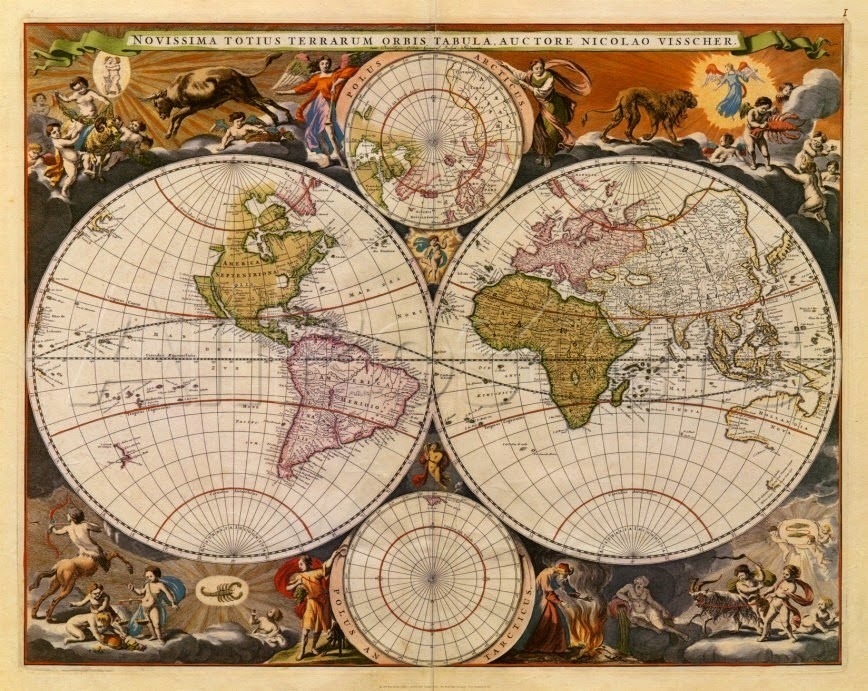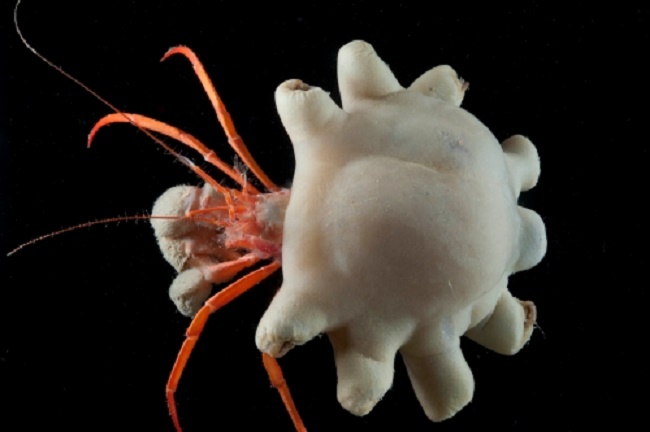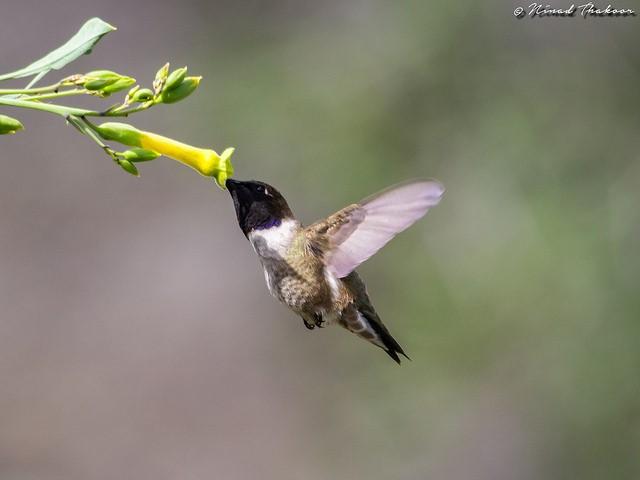The Great London:
ecology
Natural Heritage: Sampling species' DNA trails is leading to better environmental monitoring

Oceans: Chemicals threaten Europe's killer whales with extinction

Natural Heritage: Epoch-defining study pinpoints when humans came to dominate planet Earth

Indigenous Cultures: Brazil land grab threatens isolated tribes: activists

Environment: Kew report urges global scientific community to secure health of the planet

Natural Heritage: Bitter chocolate: Illegal cocoa farms threaten Ivory Coast primates

Oceans: First evidence of deep-sea animals ingesting microplastics

Ecosystems: Humans artificially drive evolution of new species

Natural Heritage: Effects of past tropical deforestation will be felt for years to come

Environment: Wetlands and agriculture, not fossil fuels could be causing a global rise in methane

Natural Heritage: Scientists warn only 'simplified', degraded tropical forest may remain by end of century

UK: More than one in ten UK species threatened with extinction

Natural Heritage: Fate of turtles, tortoises affected more by habitat than temperature

Rainforests: Logged rainforests can be an 'ark' for mammals, extensive study shows

Ecosystems: Immense species richness of bacterial-eating microorganisms discovered in soil

Evolution: Divergent climate tolerances play crucial roles in how species evolve

Endangered Species: Biodiversity falls below ‘safe levels’ globally

Evolution: Looking different to your parents can be an evolutionary advantage

Oceans: Almost all seabirds to have plastic in gut by 2050

Environment: Wildfire on warming planet requires adaptive capacity at local, national, international scales
